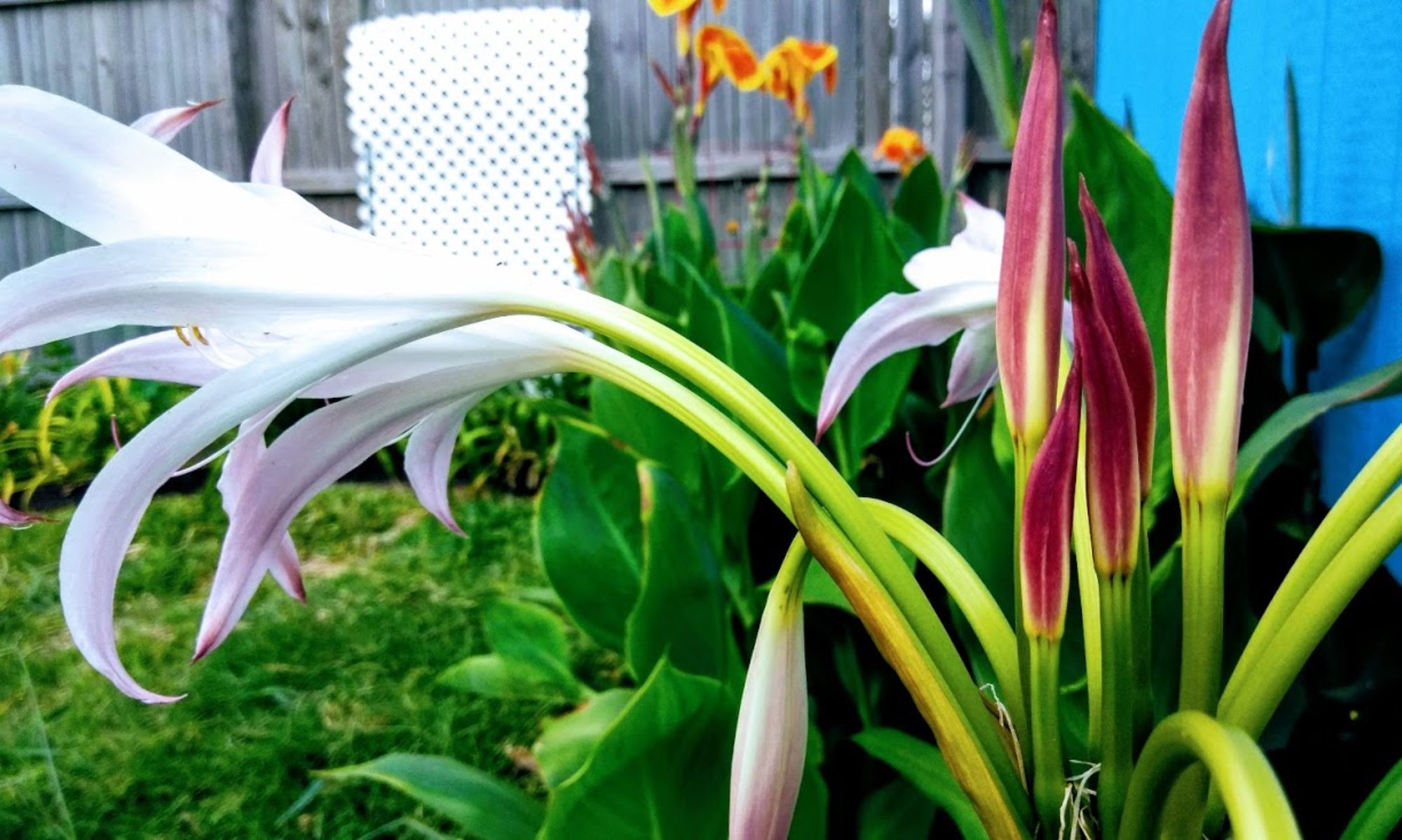If you love growing squash then plan for this insect; because the squash vine borer moth is a bad one! There is nothing worse then walking around your garden and seeing your beautiful zucchini or summer squash healthy and strong and returning the next day to find it wilted and gone; and, that is about how fast it seems to happen! As such, anyone planning to grow plants in the squash family needs to be aware of the Melittia cucurbitae moth, also known as the squash vine borer! This ensures you have a chance of stopping these moths from destroying your plants or at least lets you know what they look like so you can just beat them to death when you see them ha!
About
Native to North America the squash vine borer could actually be confused with a beneficial insect. After all, unlike most moths, it comes out in the day and flies with very quick bee like movements. It has a bright orange and red body that I could almost say is pretty. However, after years of fighting these suckers I firmly believe their color has one purpose, so you see them and know that evil is upon you! These borer moths love squash, zucchini, pumpkins, and gourds all of which I am growing in my garden! I think it is safe to say that I pretty much hate them; yet, as you can see from this quick video the borer does not care, it still loves my garden!
Squash vine borers will grow in a brown cocoon in your soil, living there through the winter. They emerge in the summer months and fly around laying their eggs on your food! Larvae hatch within 7 to 14 days and proceed to bore their way into the hollow stems of your plants where they eat them from the inside out for another 14 to 28 days. If you have missed the egg stage, you may also see the small white worms with a black head on your stalks. These worms do not stay small long.

Tips
There are several organic things you can do to manage the squash vine borer.
- Look for the eggs of the borer; and look for them often especially during their season, this will help you stop the damage before it begins! Eggs can be found on the underside of the leaves in clusters and can also be found on their own on the stems of the plants. I have read some things that say they are at the base of the stems, they are! These moths will place their eggs wherever they land so they can also be found at the top and the middle and everywhere in between!
If the eggs are found remove them. Wipe them off with a damp washcloth, your fingernail, a butter knife or the edge of scissors etc. Also Look for damage from the worms. They can be little small holes with sawdust like residue around the wound or large holes in the major vine area of the plant.
- For the smaller stem holes use a pointed object to dig out the hole some. Place your sprayer on the hole and fill the stem up with either Neem Oil mix or BT. I like to tell them to just try and swim out of that while I am filling it up!
- For larger holes if you can see the worm remove it or stab it and leave it there. If you cannot see it, use the same method and fill the hole. Worms will ingest the Neem or BT mix and die in the vine or stem. Cover any of the large holes in the vine with fresh compost so they can heal and continue growing.
Sprinkling wood ashes on the stems along with Diatomaceous Earth (DE), black pepper around the plants or growing radishes near them has also been reported as a deterrent for the moths. I personally have not tried the ashes or pepper, I do use DE and I have had luck with radishes as a companion plant! Crop covers are also an option with manual pollination of your plants. I don't prefer this method.
It's even more important when growing squash to till your soil in the spring and the winter to remove the overwintering cocoons. Also, strictly follow the rules of rotation and attempt to never place your plants in the same spot two years in a row. Last but not least, do NOT put your spent squash in your compost; if possible you should actually burn it. If you can't burn it place the leaves and stems in a plastic bag and leave them in the sun. Don't feel bad about any evil laughs that slip out as you imagine the slow death of any borers trapped in the bag!
My best luck has been with the "look for eggs and spray inside the stems method" if I miss them. What has worked for you in protecting your plants from this enemy? Do you have some tips to share? If so leave us a message we would love to hear them!











You must be logged in to post a comment.